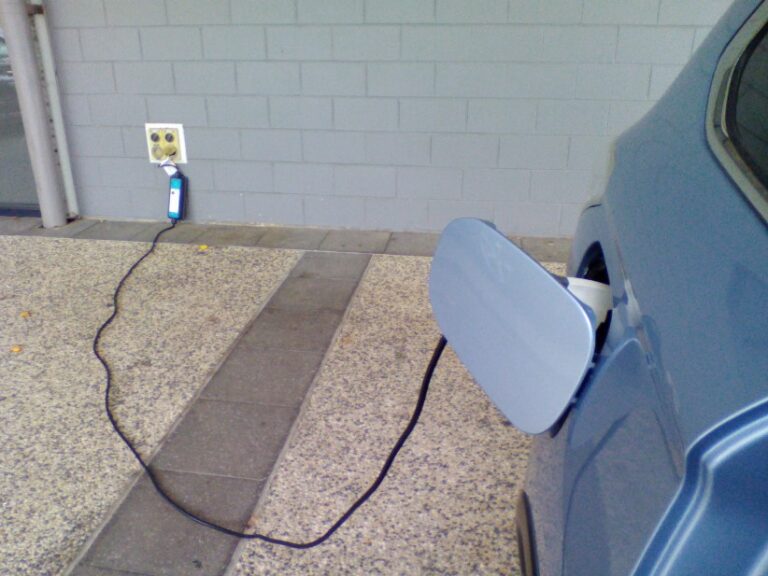– By Gilchrist Clendinnen –
On Renault’s Australian website there is an entire section on electric vehicles. “100% electric, the Z.E. revolution,” reads the heading, alongside a flashy picture of a futuristic looking electric car. However, if you scroll down a little further you notice something strange. Of the three electric vehicles advertised, none are available in Australia.
It is a similar story with other manufacturers. Mitsubishi’s I-Miev and the Holden Volt have both been withdrawn from the Australian market after slow sales numbers, the Fords Focus Electric, despite a number of proposed launch dates has still not reached the country and Kia has no plans to bring its electric Soul or Optima versions down under.
Despite the ever increasing urgency for a reduction in emissions and continued talk about increases in battery technology the electric car market in Australia is basically where it was five years ago.
All things considered, this isn’t that surprising. As most people know, adaptation of new technologies can be a tricky process with early adopters initially penalized until economies of scale make the new technology cost-effective. This is especially true when it comes to electric vehicles.
For electric vehicles to be an attractive option, a good network of charge points is needed along with a well-established used vehicle market to allow buyers to sell their vehicle when the time comes. As neither of these things exist in Australia, prospective electric vehicle buyers are faced with a product that is both inconvenient and financially risky. So given the considerable investment needed to purchase an electric vehicle, it is hardly surprising that sales have failed to take off.
In the rest of the developed world governments seem to have worked out these problems with a transition to electric vehicles and realised that intervention is needed to kick-start the process.
In Europe for example, the various incentives for fuel efficient and electric vehicles include free registration, rebates to reduce purchase prices, exemption from congestion taxes and use of bus lanes and special parking spaces. Not only has Europe focused on increasing electric vehicle sales, but has also put pressure on manufacturers to reduce the average fuel consumption of their standard internal combustion vehicles. And the stats show it has worked.
The EU target of an average fuel consumption of 5.6 litres per hundred kilometres for new passenger vehicles was successfully reached in 2015, with the new target now 4.1 litres by 2020. In Australia, by contrast, the average emissions for new passenger vehicles was 7.7 last year, nearly 40% higher.
Rather than looking to incentivise greener and more efficient technologies successive Australian government’s sole focus in the vehicle industry seems to have been on propping up local car manufacturers. The fact that these same manufacturers make some of the most inefficient vehicles in their class in the Commodore, Falcon, Territory and Aurion probably played a large role in Australia’s reluctance to bring in emission regulations for fear of disadvantaging these vehicles.
In fact, Australian governments were so focused on promoting Australian made vehicles that some government fleets became less fuel efficient on average than privately purchased passenger vehicles.
By 2018, the last of Australia’s local car manufacturers will leave Australia, leaving the Australian government to contemplate the management of a vehicle industry without local manufacturers to protect.
So far, the only adjustment the Turnbull government has proposed to reflect this new reality is to allow grey imports of used vehicles, in theory allowing consumers a wider range of choice. While this may be a worthwhile policy, working to support electric vehicle uptake and reduce our average vehicle emissions should be much higher on the agenda.
Not only is increasing vehicle efficiency vital not in the fight against climate change but it is also important in ensuring that our air quality does not decrease as our cities continues to grow
The automotive industry is on the brink of some pretty major changes, with both self-driving vehicles and alternative fuel sources poised to shake things up considerably. The Turnbull government has tried to promote itself as a government of innovation over the last couple of months and if they mean what they say, ensuring Australia isn’t left behind when it comes to fuel efficient and electric vehicle technology should be a no-brainer.






